Boysenberries are a delicious and versatile fruit, perfect for fresh eating, jams, pies, and preserves. Their rich flavor makes them a favorite in gardens across Southern California, where the mild winters and warm summers create ideal growing conditions. However, one of the most crucial aspects of cultivating healthy, productive boysenberry plants is pruning. Proper pruning not only improves fruit quality and quantity but also keeps your plants healthy and manageable year after year. In this guide, we’ll explore step-by-step how to prune boysenberry plants for Southern California gardeners, ensuring a bountiful harvest season after season.
Why Pruning is Essential
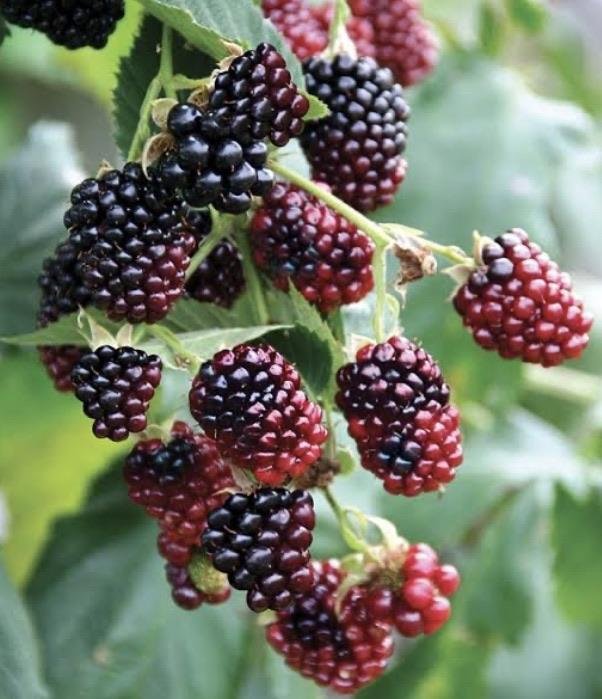
Pruning boysenberries serves several purposes:
- Encourages Fruit Production – Boysenberries produce fruit on second-year canes (floricanes). Pruning ensures the plant focuses its energy on developing strong new canes (primocanes) for the next year’s harvest.
- Improves Air Circulation – Removing overcrowded or damaged canes increases airflow through the plant, reducing the risk of fungal diseases.
- Controls Plant Size – Boysenberries are vigorous growers. Pruning keeps them from taking over your garden space and makes harvesting easier.
- Removes Dead or Diseased Wood – Regular pruning helps prevent the spread of pests and diseases, keeping your plants healthy.
Understanding Boysenberry Growth
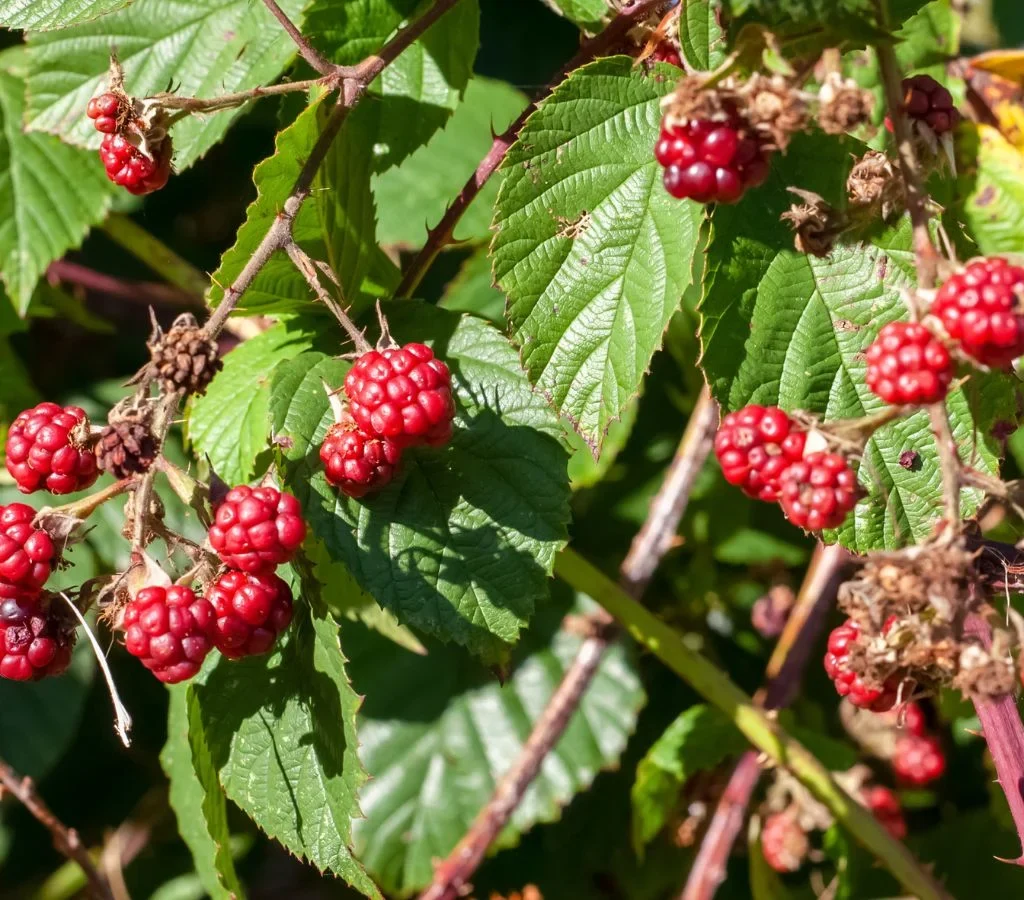
To prune effectively, it’s important to understand how boysenberries grow:
- Primocanes – These are the first-year canes. They grow vigorously but do not produce fruit in their first year. Proper care and training of primocanes ensure strong floricanes for next season.
- Floricanes – These are second-year canes that bear fruit. After fruiting, floricanes die back and need to be removed during pruning.
By identifying these canes, you can focus your pruning efforts correctly, maximizing fruit production.
When to Prune Boysenberries
The timing of pruning is critical:
- Late Winter to Early Spring – This is the primary pruning period before new growth begins. Remove dead, damaged, or weak canes at this time.
- After Harvest – Once the fruiting season is over, remove spent floricanes to make room for new growth.
In Southern California, pruning in late February to March works best, allowing the plant to recover and produce primocanes during the warm spring months.
Tools You’ll Need
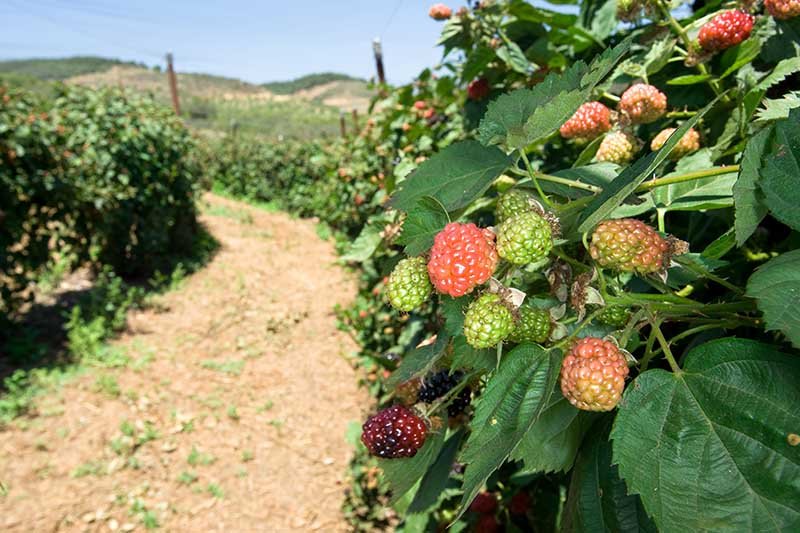
Before starting, gather the necessary tools to make pruning easier and more effective:
- Sharp pruning shears
- Loppers for thicker canes
- Gloves to protect your hands from thorns
- Disinfectant to clean tools between cuts, preventing disease spread
Step-by-Step Pruning Guide
Follow these steps to prune your boysenberry plants for optimal growth and fruiting:
1. Remove Dead and Diseased Canes
Start by identifying any dead, damaged, or diseased canes. These can be spotted by their brown or black stems, brittle texture, or signs of fungal infection. Cut them back to the base of the plant, being careful not to damage healthy canes. Removing these canes helps prevent disease spread and encourages healthy growth.
2. Remove Spent Floricanes
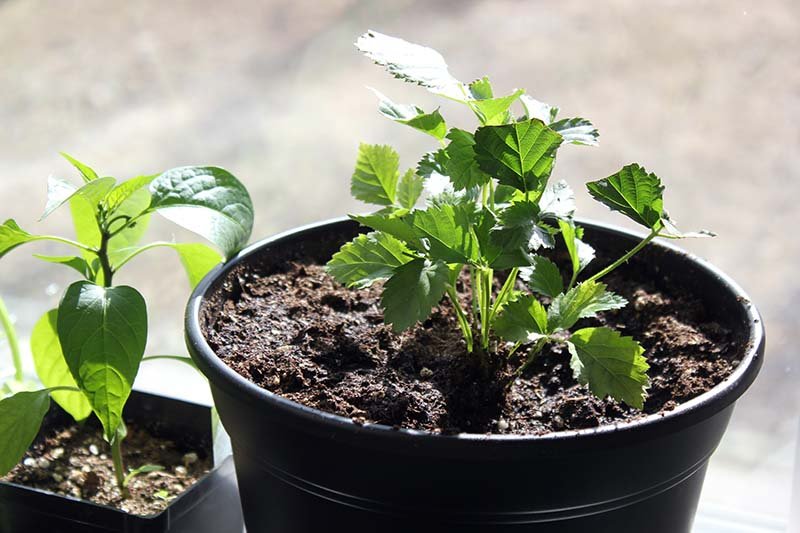
Next, locate the floricanes that have already fruited. These canes are typically woody, gray-brown, and may have dried leaves or old berries attached. Cut these back at the base to make room for new primocanes. Removing old fruiting canes also redirects the plant’s energy toward producing stronger, more productive new canes.
3. Thin Primocanes
Once dead and spent canes are removed, thin out the primocanes to ensure proper spacing. Overcrowding can reduce airflow and sunlight penetration, which may lead to poor fruiting and increased disease risk. Aim to leave 4–6 strong primocanes per linear foot of trellis or plant support.
4. Train New Canes
Boysenberries grow best when trained on a support structure such as a trellis or wire system. After thinning, tie the strongest primocanes to the trellis wires using soft garden ties. Vertical training ensures maximum sunlight exposure and easier harvesting.
5. Tip Primocanes
Once the primocanes reach the top of the trellis, pinch off the tips. Tipping encourages lateral branching, which provides more fruiting sites for next season’s harvest. Lateral branches should be spaced evenly to maximize berry production.
Seasonal Care After Pruning
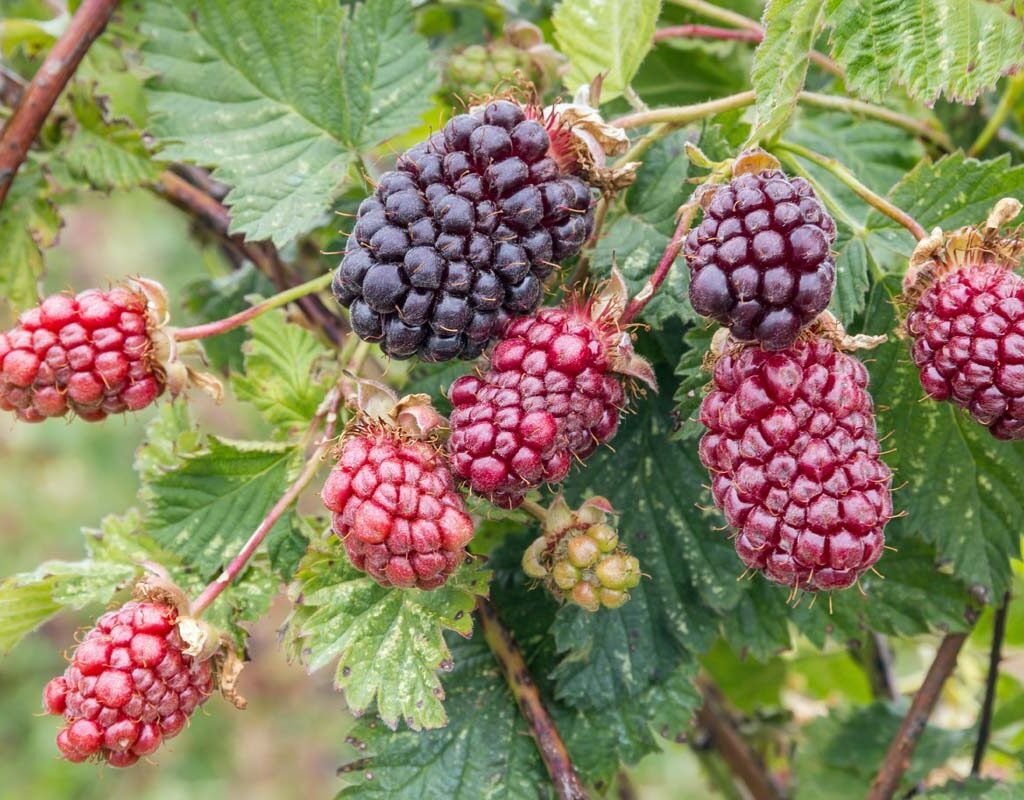
Pruning is just one part of maintaining healthy boysenberry plants. After pruning, follow these care tips to support growth and fruiting:
- Watering – Keep the soil consistently moist, especially during flowering and fruiting periods. Deep watering encourages strong root development.
- Fertilization – Apply a balanced fertilizer in early spring and after the harvest. Avoid high-nitrogen fertilizers late in the season to prevent excessive leafy growth at the expense of fruiting.
- Mulching – Organic mulch helps retain soil moisture, suppress weeds, and maintain consistent soil temperatures.
- Pest and Disease Management – Monitor for common issues such as aphids, spider mites, and fungal infections. Early intervention can prevent serious damage.
Benefits of Proper Pruning
Pruning boysenberries correctly offers several benefits:
- Higher Yields – By removing old canes and training new growth, plants focus energy on producing large, healthy berries.
- Improved Fruit Quality – Better air circulation and sunlight exposure result in sweeter, juicier berries.
- Healthier Plants – Removing diseased and overcrowded canes reduces the risk of pests and disease.
- Ease of Maintenance – Well-pruned plants are easier to harvest and care for, saving time and effort.
Common Mistakes to Avoid
Even experienced gardeners sometimes make errors when pruning boysenberries. Avoid these pitfalls to ensure success:
- Pruning at the Wrong Time – Pruning too early or too late can reduce fruiting or damage new growth. Stick to late winter or post-harvest pruning.
- Leaving Dead Canes – Failing to remove dead or diseased canes encourages disease and reduces next season’s yield.
- Overcrowding – Allowing too many primocanes in one area limits sunlight and airflow, reducing berry size and quality.
- Tying Canes Too Tightly – Tight ties can strangle growing canes. Use soft ties and leave room for growth.
Harvesting Tips
After pruning and proper care, your boysenberries will reward you with a bountiful harvest. Here’s how to make the most of your fruits:
- Pick When Ripe – Boysenberries should be fully colored and slightly soft. Underripe berries will not ripen after picking.
- Handle Gently – Use a shallow container to avoid crushing the delicate berries.
- Harvest Frequently – Check plants every 2–3 days during peak season to prevent overripe fruit from spoiling.
Conclusion
Pruning boysenberry plants is a vital part of Southern California gardening that directly impacts next season’s fruit production. By removing dead and spent floricanes, thinning primocanes, and training new growth on a trellis, gardeners can enjoy healthier plants and higher yields. Combined with proper watering, fertilization, and pest management, regular pruning ensures your boysenberries will produce sweet, juicy fruit year after year.
Whether you’re a backyard gardener or managing a larger patch, mastering boysenberry pruning is an investment that pays off with delicious, homegrown berries. With careful attention and the right techniques, your plants will thrive, rewarding you with a season of abundant harvests.
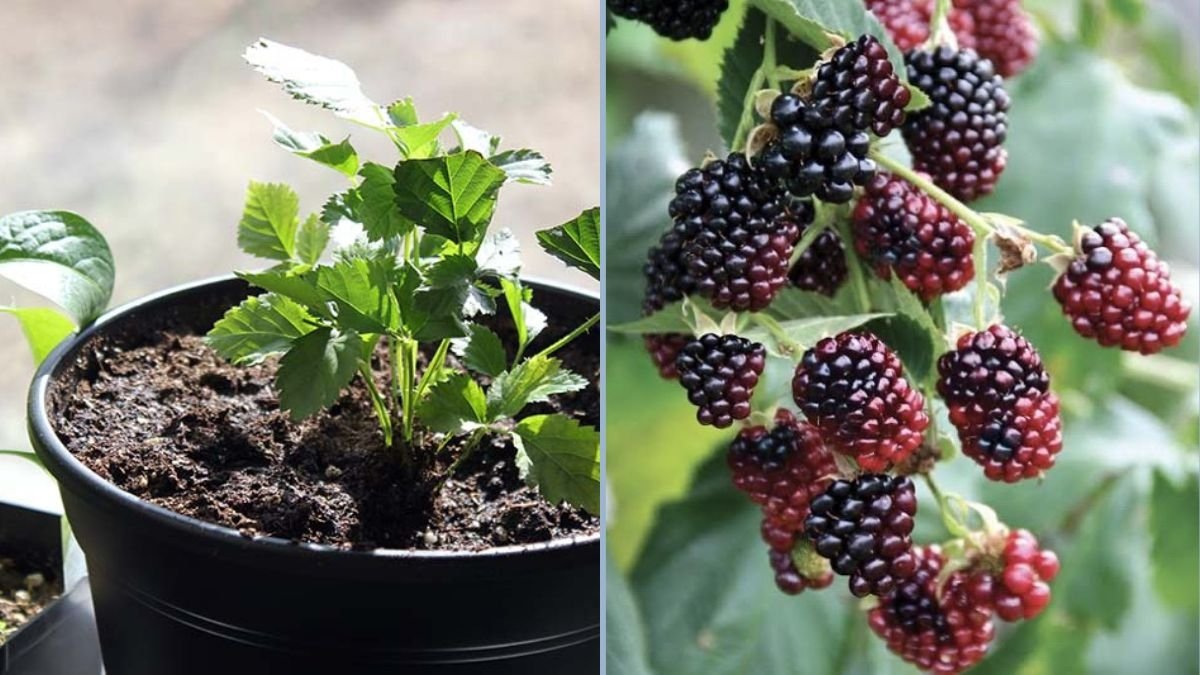
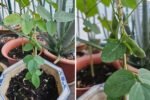
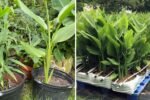


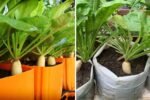
Leave A Comment